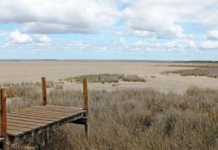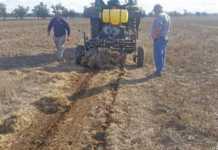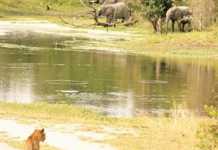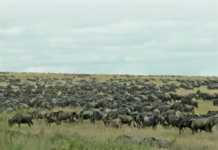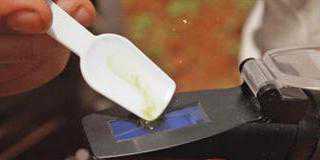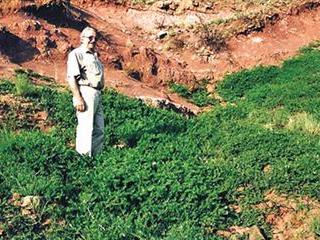
Some 30 years ago, I attended a talk by Dr Stroebel Hofmeyer of the Department of Agriculture on the subject of selecting suitable pastures for South Africa. He stressed that we needed robust pastures to withstand our harsh climatic conditions and unreliable rainfall. This sound advice stuck with me.
Indigenous Smuts finger grass Digitaria eriantha and Anthephora grasses are certainly robust; they have the genes for it. The problem has been to uncover which non-indigenous species – especially legumes – can take the South African punch. Only time will tell. Well, time has told! Two weeks ago, I wrote about the longevity of sericea (Lespedeza cuneata). This week, I want to reveal that crown vetch (Coronilla varia) can also be described as a robust legume suitable for many regions.
Close to 30 years ago, I gave each member of the Ficksburg Study Group a teaspoonful of crown vetch seed.
Why only a teaspoonful?
Dr VD Wassermann, the man who inspired me to search for legumes suitable for the eastern Free State, had only a honey bottle full of crown vetch seed. At that time, is wasn’t commercially available in South Africa, but he was prepared to give me half of his. Felix Sorour and Willie Nel made good use of the seed. They planted it in seedling trays to maximise germination.
Felix transplanted the seedlings in various parts of a mountain eroded by overgrazing under previous owners.
The red shale underlying the sandstone was eroding on the steep slopes. Once exposed by erosion, red shale dries out and does not self-heal. Amazingly, the seedlings survived. For five or six years, very little growth took place. I suggested that Felix fertilise a small patch with a phosphate fertiliser but it never happened; other tasks on the farm had priority. Then, after a runaway fire had swept over the mountain, the growth rate increased remarkably.
Felix closed up the mountain camp for the summer and only grazed it with cattle in the winter. This has resulted in a marked improvement in the veld. Felix’s son, Reuter, took me up the mountain a few weeks ago to see just how well crown vetch was helping to heal its old wounds. It was a truly wonderful experience. There were still small bare patches, but the photograph above shows how crown vetch has colonised by means of rhizomes and stolons (underground and above-ground creeping stems respectively) and by seeding.
Reuter also showed me how crown vetch was invading kweek (Cynodon) lower down on the mountain. He sees great potential for this legume/grass combination – it takes a robust legume to successfully invade kweek. Willie planted his crown vetch seedlings on Moolmanshoek in small scattered patches in an old land with poor soil that was allowed to revert to veld. Cattle and sheep graze this land from time to time. He recently invited me to come and see how well the crown vetch was performing. Once again, no fertiliser had been applied.
Don’t get me wrong. I don’t advocate a no-fertiliser approach. Correctly limed and fertilised, crown vetch will establish far quicker and produce considerably more bulk. My message is simply that it has proved itself as a highly robust legume with an undoubtedly great future in this country.
John Fair heads up Fair’s Biofarm Assist, and can be contacted on 058 622 3585 or [email protected].

